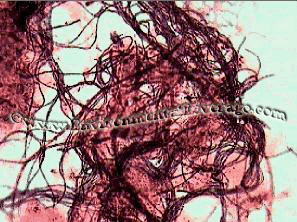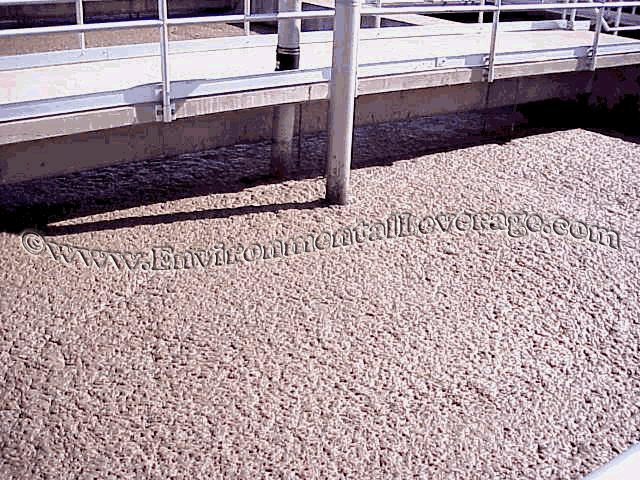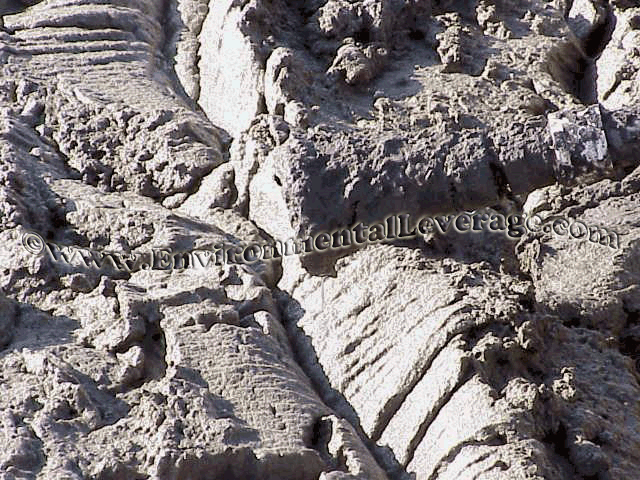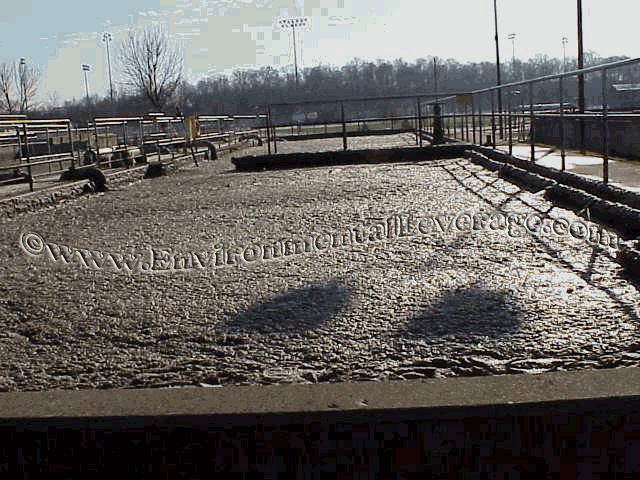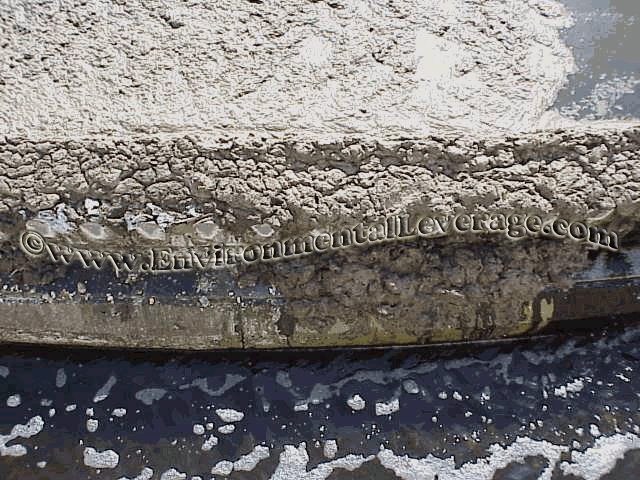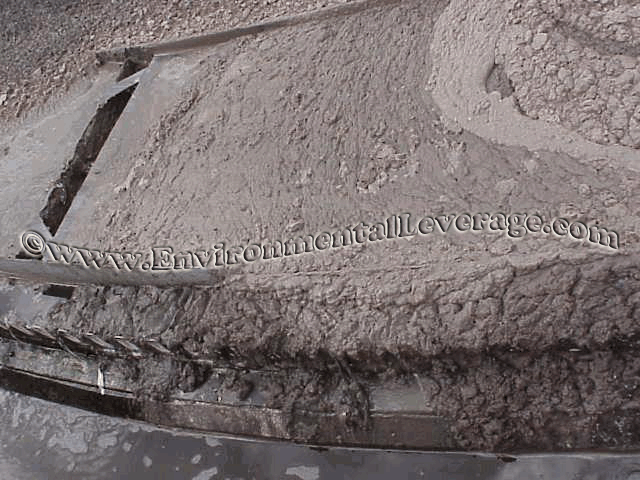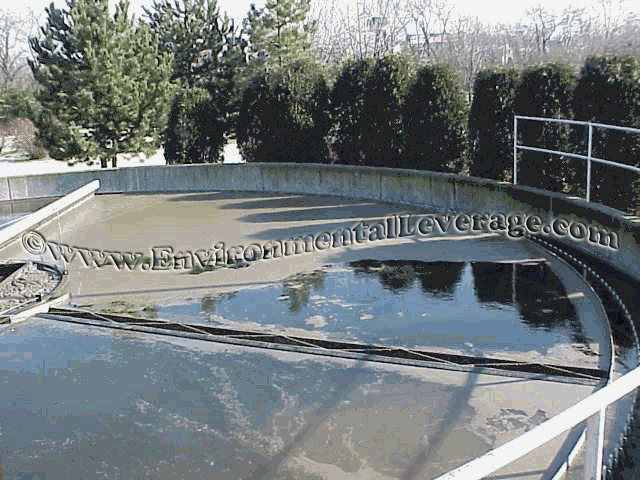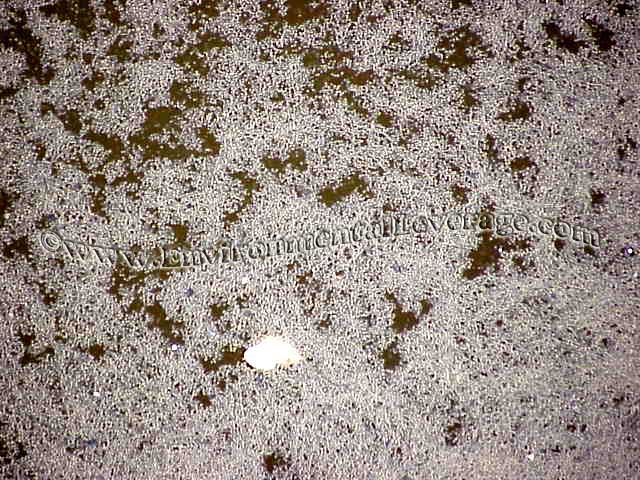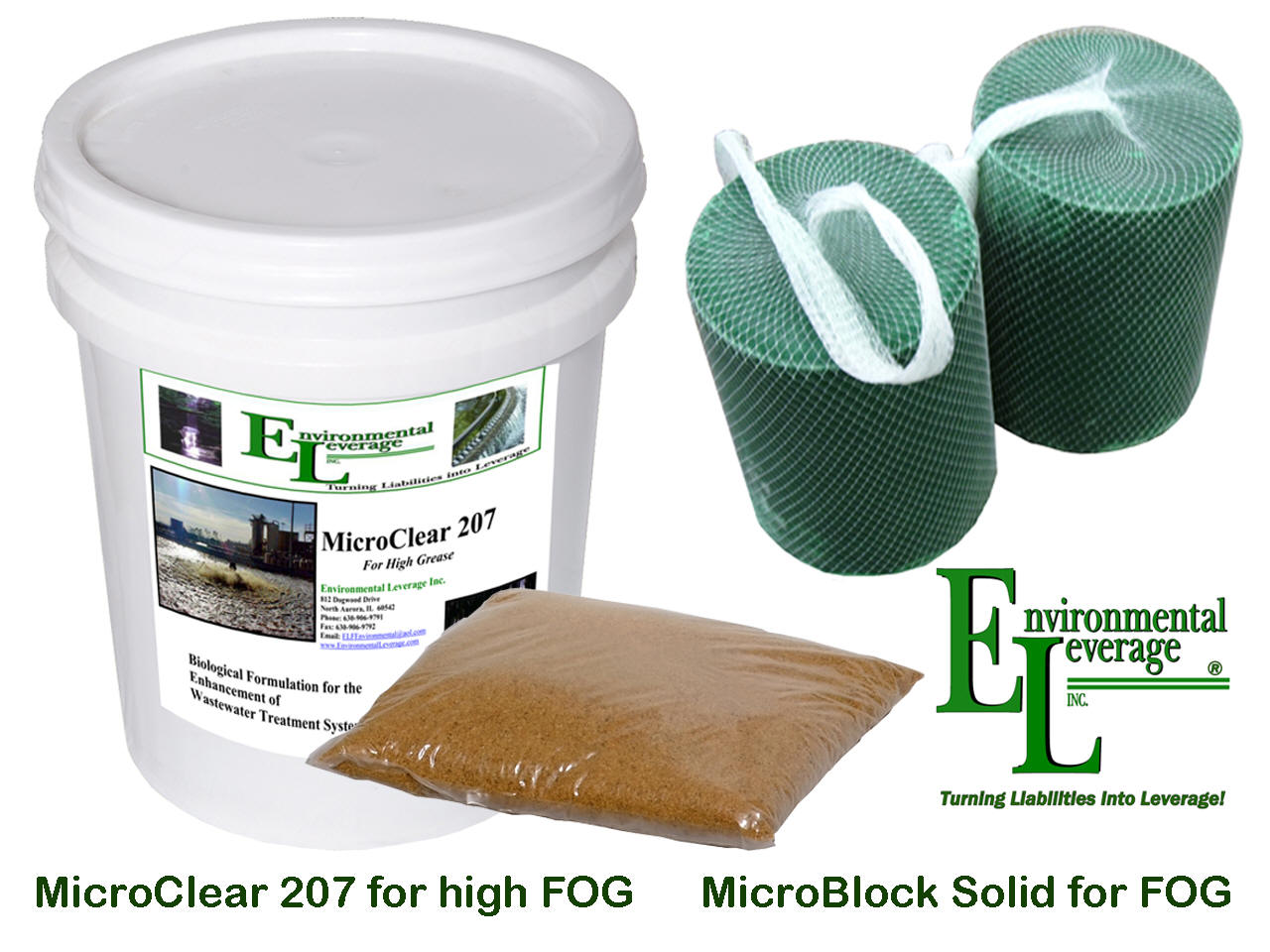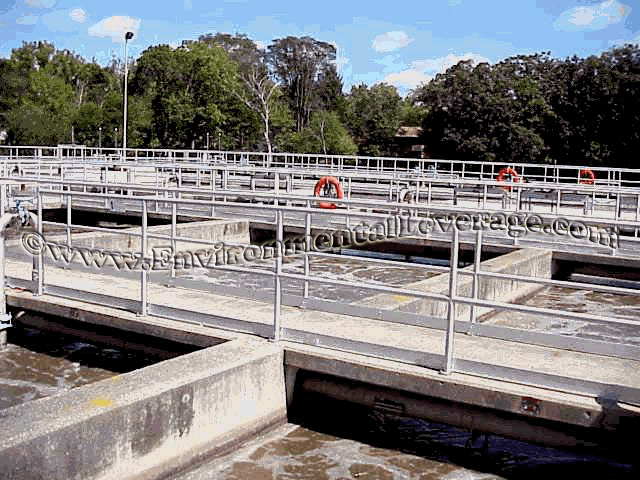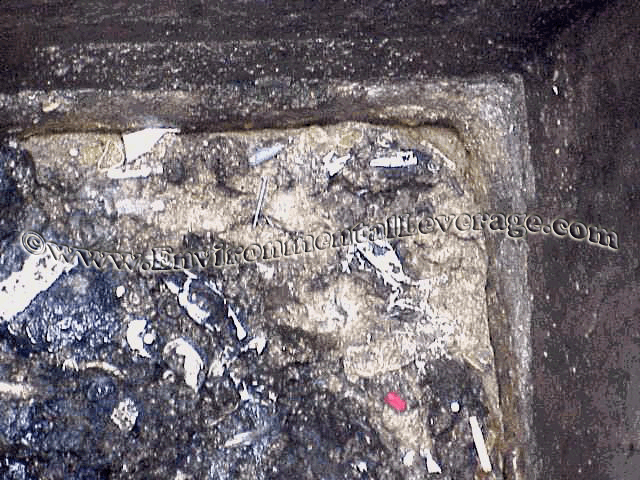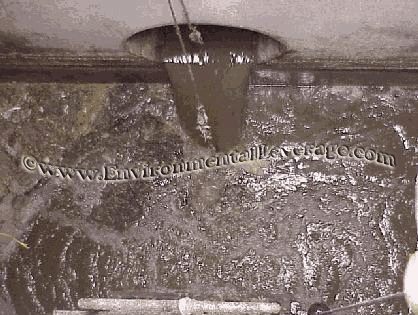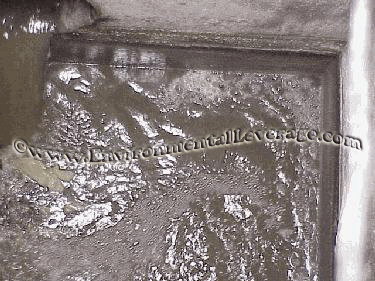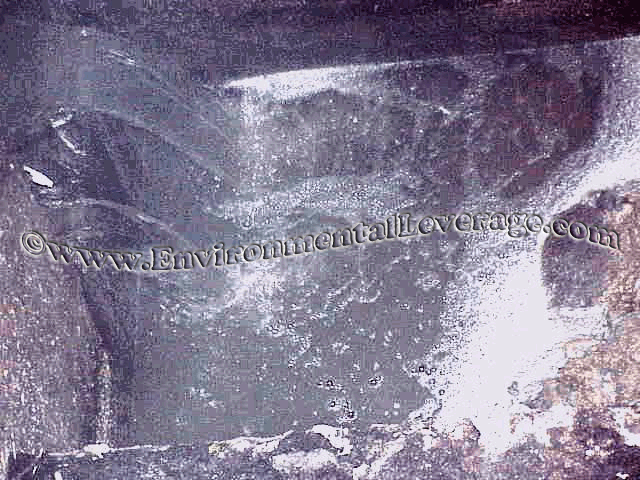Biological Products:
Bioaugmentation products for Wastewater applications in Papermills, Refineries, Chemical, Tanneries, Municipalities, Textiles, Steel, Agriculture, Animal feedlot, Gun Powder plant, Food and Beverage- Dairy Products, Orange Juice factory, Wineries, Cookie factory, Vegetable processing plant, Meat packing, Barbecue Restaurant, Aquaculture, Ornamental Ponds for algae control, CAFO, Nursing homes, Military, Campgrounds, Universities, Regulatory agencies
Lab Services:
Filamentous Identification Lab Service. One reason to identify filaments is to determine the filaments characteristics and then determine the type present. If the type is found out, a root cause can usually be associated with a particular filament. If the cause is known, then a correction can be made to alleviate problems. Chlorination is only a quick fix. Without process changes, filaments will grow back after chlorination. Wastewater Biomass Analyses and Cooling Tower Analyses also available
Training Materials:
Training is an integral part of any job. Not everyone is at the same level of training. Many people want beginning concepts and basics. Some need technical information or troubleshooting. Some want equipment, technology or process information. We have developed a full set of Basic training, Advanced training, Filamentous Identification the Easy Way as well as custom training CD's Manuals. We also provide hands-on training classes and soon will have an Online "E-University".
Audits and Consulting:
At Environmental Leverage® Inc., we have a team of experienced individuals who come into your plant with a fresh pair of eyes. The system is checked from influent to effluent. System optimization, equipment efficiency and operational excellence are key components explored. Key Benefits Equipment efficiency Total Cost of Operation reductions Reliability and safety An onsite audit is conducted to examine system parameters, process controls, and current monitor and control procedures. A physical walk-through is conducted, process flow diagrams are examined, previous design criteria are examined and current standard operating procedures are evaluated along with data logs.
|
Grease impact on MunicipalitiesLatest News!
What's New!
We have just added "Virtual Audits" to our capabilities. Check out our new Services. We are in the process of developing new courses for our ""Online E-University" in order to meet the needs of our global customers that cannot travel to our public classes.Visit our new website www.WastewaterElearning.com/Elearning
High growth spurts in new developments have not only impacted the flow rates to the wastewater treatment plant, but the loading has increased also. Why, it should be proportional to the changes in the houses and developments. While that should be true, it is often not the case. Many of the old tried and true engineering statistics calculated flow, and loading based upon population and growth.
What they did not account for is the change in society, the new housing
developments that all have garbage disposals built in and now send many
things that used to be scraped off into the garbage cans at homes. Many food
particles and FOG (fats, oils and grease) wind up in the drains that never used to be there
before.
This winds up causing problems in the lift stations, increase grease or
FOG in
pipes, increases in maintenance, wear and tear on pumps, and increased
jetting out of the lines. A grease ledge or solids build-up in the lift
station can interfere with floats, pumps, etc.
Go one step beyond the lift stations and collections systems, now you have all that grease or FOG loading up the wastewater treatment plant. Some wastewater treatment plants have primary clarifiers, which if optimized, can pull out some of the grease. Often times, this grease is sent to a digestor though, and additional loading is then put on the digester.
What happens when all this grease hits my wastewater aeration basin?
Nocardia, Type 1863 and Microthrix Parvicella are often the result when high grease loading enters the municipality.
Imagine trying to dewater this, it would be like a sponge and hold a ton of water, not to mention trap air in all the pockets and float in the aeration basin or clarifier.
Microthrix foaming in an aeration basin Nocardia bulking in an activated sludge plant
Here there is so much foaming that it has clogged up the sprayer. Nocardia foaming in an aeration basin
Clarifier carry-over and problems: If all the grease or FOG does not get digested in the aeration system, then it can carryover to the clarifier. Below is a picture of grease scum floating on the top of a clarifier. Worse that the grease carrying through, is the problems with floating solids generated by Microthrix or Nocardia. These filaments tend to create a sponge like mass of floc and trap gasses. This tends to want to float. Solids floating in a clarifier a clarifier can increase polymer demand if any is used, increase dewatering solids problems, increase chemical consumption for dewatering, and increase solids handling costs by increasing the amount of solids generated. Filaments take up 3-5 times as much area or more depending upon the type of filament present and create bulking sludge.
Floating solids from filamentous problems Grease scum on a clarifier
Solutions: Bioaugmentation in the lift stations, upstream in the pipes, or directly in the restaurants and food wastewater plants is the easiest and least expensive way to solve the problems. MicroBlock™, BioNite™, MicroClear® 207 and Liquid 1X-FHC will digest the FOG. The bacteria actually eat the grease as a food source, as opposed to manual cleaning which can be costly and require some safety issues with manpower. Chemicals and degreasers may dissolve the grease or FOG in the lift station, but basically they just send it through the pipes, which may cause blockage or directly down to the POTW, which causes overload on the wastewater treatment plant.
This is a manhole 20 feet from a small restaurant. Look at how much crease, FOG and solids are built up in this small area. This restricts the flow and eventually may cause problems in the restaurant with back-ups. The solution- a small amount of bacteria were mixed in a bucket of water and poured directly on the surface of the grease to clean out this manhole. It worked! Continual dosage will be required weekly, though since there is no source for recirculation an it gets washed out periodically. Ongoing maintenance kept the manhole from ever building up so many solids again though!
Here is a municipality that had problems with Microthrix: Before and after a bioaugmentation program was implemented to help control grease
Lift Station before and after Bioaugmentation Program
Prior to Bioaugmentation program- heavy grease and solids
For additional information
on
Biological products that can be used to help overcome upset
conditions or other problem issues or even just to help the plant recover
faster. We carry Powdered Water Soluble Pouches, Solid MicroBlock bio type
block and liquid formulations.
This is the same lift station as above after a biological program with our bioaugmentation products! The majority of the grease is gone, there is clear, free running water!
More information on Grease (FOG), Click links below:
1 Collection systems and Sewers 5 Collection systems troubleshooting for Grease and Oil (FOG) 7 Controlling FOG in Municipalities and Industrial Facilities with MicroClear® BioNite™
What is growing in your Collection System?
Bioaugmentation Solutions for Lift stations,
Wet Wells and Collection Systems; 1 MicroBlock - Solid block biological products that are specifically formulated and packaged for use in lift stations and large restaurant grease traps to remove grease build-up and help increase degradation capabilities.
2 MicroClear 207 - Lift Station Formulation bacterial formulation is used for softening and degrading food type fat, oils and grease in lift stations but can also be used in any high grease environment.
3 Restaurant formulation-This biological product is a high strength formulation developed to degrade fats oils and grease quickly. It can be used in restaurants, grease traps and drain fields where food based grease is a problem.
4 Sewer Formulation - This product is an improved biological product for Odor Control and FOG digestion. Specifically formulated and packaged for use in sewers to help degrade grease build-up and stop blockage.
|

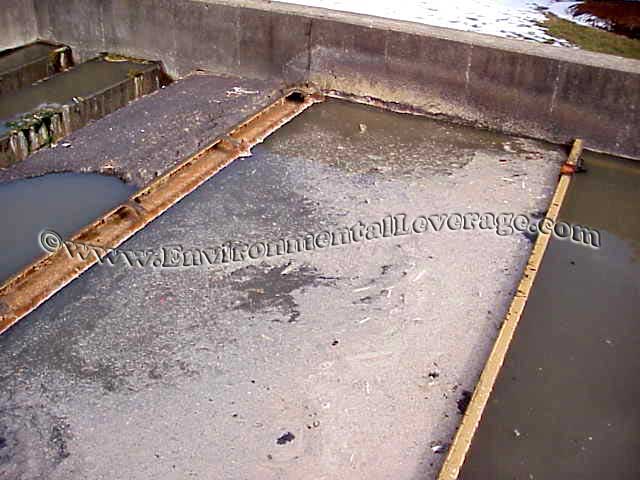 With
all the new growth in a village, city or suburb, many changes are happening that
impact the ability of the POTW to handle the incoming wastewater.
With
all the new growth in a village, city or suburb, many changes are happening that
impact the ability of the POTW to handle the incoming wastewater. 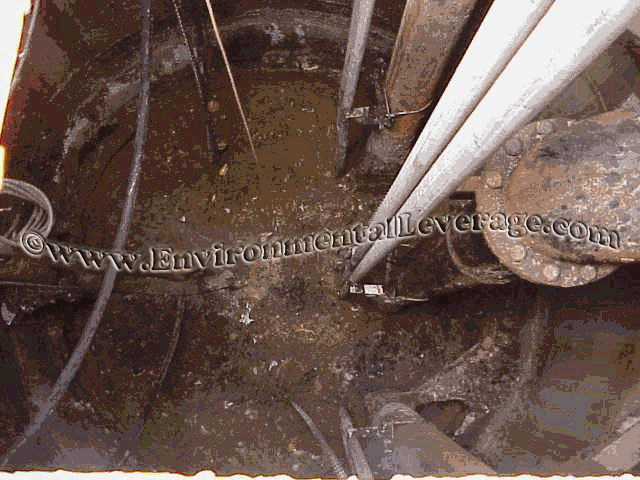 The
largest impact on flow and loading and the most significant contributor to
loading problems is fast food restaurants! And not to point the blame,
actually they are required to have grease traps, the problem is that the
government increased the temperatures on their cleaning and sanitation
requirements. Temperatures for dishwasher's increased from 180-210 F, which
means that even though they have a grease trap, most of the grease is still
soluble in the water and flushed through the system and down the drain until
it hits the lift stations or pipes and then cools down and hardens.
The
largest impact on flow and loading and the most significant contributor to
loading problems is fast food restaurants! And not to point the blame,
actually they are required to have grease traps, the problem is that the
government increased the temperatures on their cleaning and sanitation
requirements. Temperatures for dishwasher's increased from 180-210 F, which
means that even though they have a grease trap, most of the grease is still
soluble in the water and flushed through the system and down the drain until
it hits the lift stations or pipes and then cools down and hardens.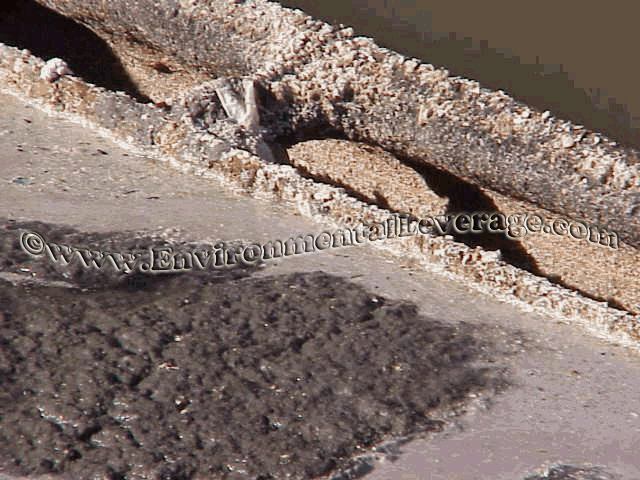
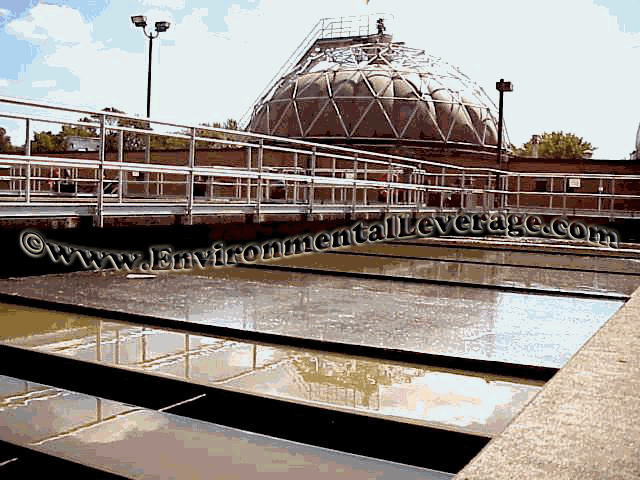 If
there is no primary, then the aeration basin or wastewater lagoon sees all this
additional loading.
If
there is no primary, then the aeration basin or wastewater lagoon sees all this
additional loading. 